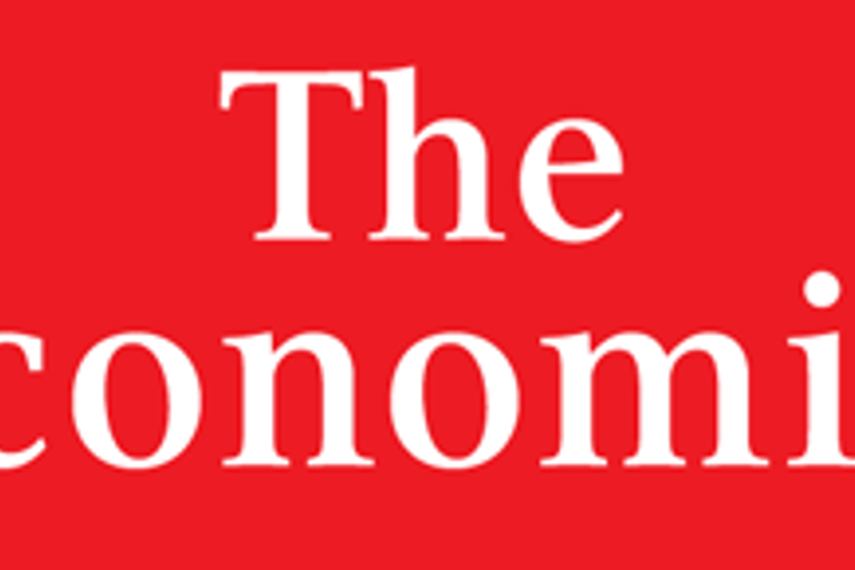
Please sign in or register
Existing users sign in here
Having trouble signing in?
Contact Customer Support at
[email protected]
or call+91 22 69489600
The Economist’s India marketing strategy has run for a year. How has it done, is the question Campaign India wanted an answer to. Read on and discover.To those familiar with the iconic advertising for The Economist, the made-for-India campaign which broke in India almost exactly a year ago was surprising, to say the least.It still had the critical elements of the ‘grid’; the entire campaign sported the colours that The Economist ‘owned.’

Contact Customer Support at
[email protected]
or call+91 22 69489600
Top news, insights and analysis every weekday
Sign up for Campaign Bulletins
Using 50+ Android apps and roughly 10 million installs as its engine, Arcade appears to be the work of a coordinated fraud network and not a few rogue developers gaming the system, as per IAS.
Asia-Pacific recorded a growth decline of 7.4%.
Actor Vikrant Massey swaps boardroom bravado for quiet growth in Jaro Education’s ad that redefines success through curiosity and continuous learning.
From Tinder’s ‘Dating Scaries’ to Bingo!’s desi ghosts, brands turn Halloween into a playground for cultural commentary, clean indulgence and youth-led experiences.